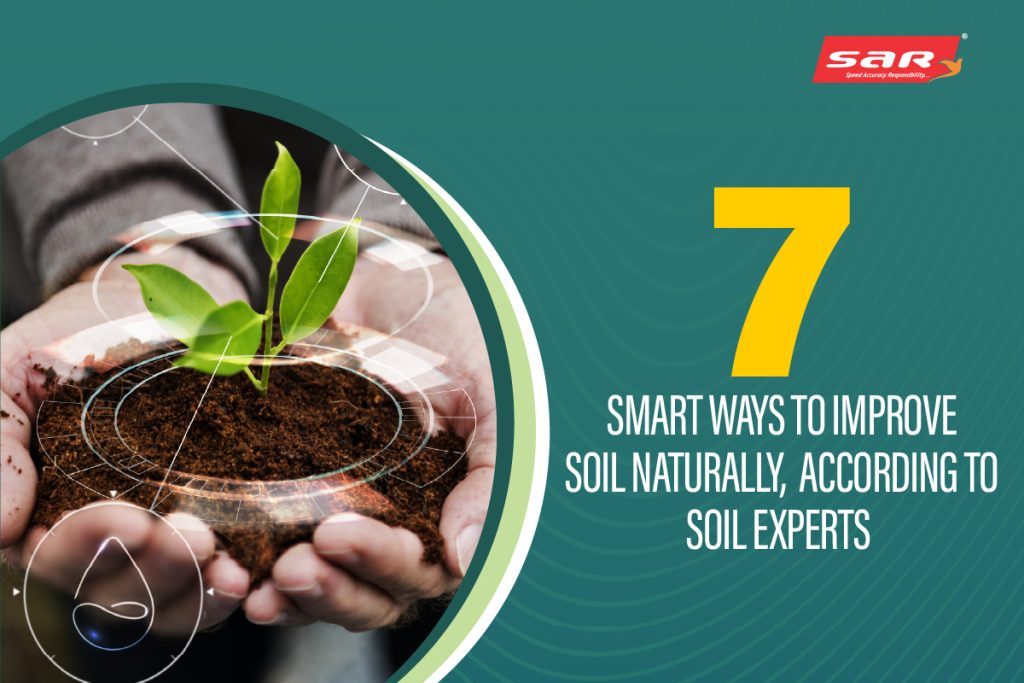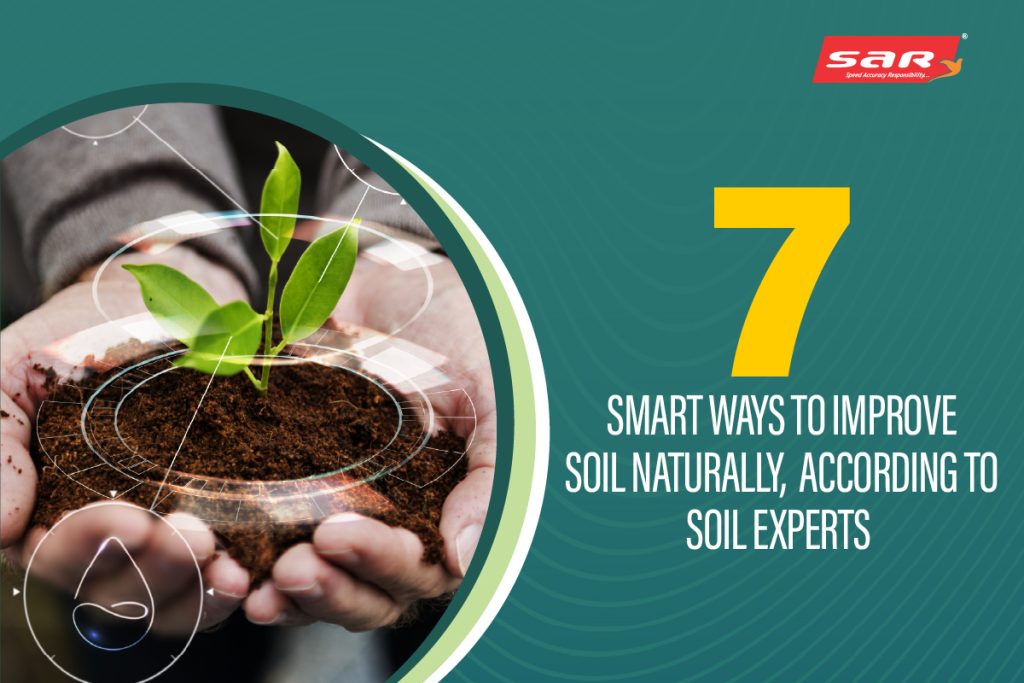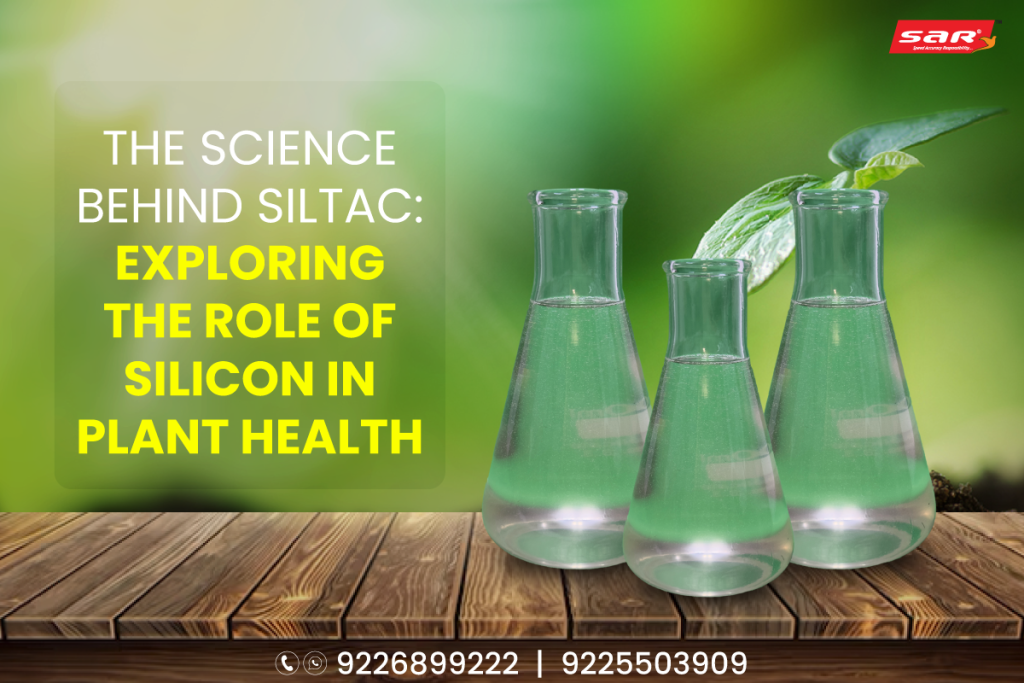
Healthy and strong soil is the foundation of successful farming and flourishing gardens. It is a crucial reservoir and repository, pooling vital nutrients, storing critical moisture, hosting diverse populations of beneficial microbes, and feeding our plants. But eventually soil will become dense, drains losing, nutritionally deficient, or foods to energy-produced skewed for the regular, ongoing, heavy-handed application of synthetic fertilizers, or for excessive mono-cropping. It is possible to improve soil naturally, and in many cases, it is far more sustainable and cost-effective than using synthetic methods. Whether you are caring for fruit trees, planting vegetables or maintaining colourful flowers, these tips will teach you how to revitalize your soil using natural methods.
1. Enriching Soil with Regular Organic Matter
Application of organic manure We need to apply organic manure as one of the basic way to improve soil naturally. Compost, for example, adds humus, humus is decayed organic matter added to the soil. This substantially enriches its composition, enhances aeration and contributes to its ability to retain moisture. And in addition to such physical benefits, organic matter is key to feeding a wide array of soil organisms, from earthworms to microbes, that play a critical role in “cycling” nutrients and releasing locked-up nutrients so they can become accessible to plants.
With just a single growing season, a 2” to 3” application of well-rotted compost around plants or in planting beds can dramatically improve soil health. Combine with a generous amount of composted kitchen waste, farmyard manure or nutrient rich worm compost to achieve the best results. Use only well-rotted or “cold” manure, since the latter, while still in the process of breaking down, can momentarily lower nitrogen availability in the soil. This approach is one of the most effective, natural way to improve soil naturally.
2. Incorporating Cover Crop (Green Manure)
Green manure, or cover crops, is a fantastic way to improve soil naturally. Leguminous plants such as legumes, mustard or sunn hemp add abundant organic matter to the soil. Leguminous cover crops additionally fix atmospheric nitrogen, thus fertilizing the soil with its important nitrogen content. When the plants are grown out and turned into the soil, the soil’s fertility as well as structure are increased doing wonders for both sandy and especially nutrient deprived soils.
Cover crops also provide a shield to the soil from the harmful erosion of wind and rain. They live like a mulch, interacting with weed growth and insects and disease cycles. In addition, they have deep roots that can penetrate through tough soil, lifting nutrients from lower soil profiles to the surface. It is best to sow cover crops in the off-season or between main crop rotations, providing the soil time to take a break and recharge. This is a very effective way to improve soil naturally.
3. Utilizing Mulch for Soil Protection and Enrichment
Adding Organic Mulching to the soil is another way to improve soil naturally. Substances such as straw, dry leaves or sugarcane bagasse are broken down slowly over time, returning the nutrients they contain to the soil. But there’s more to mulch than just the nourishment distribution — it acts as a layer of protection, too, shielding topsoil from the harsh effects of erosion, keeping soil from compacting under heavy rainfall, and even better, insulating the soil from harsh temperature fluctuations.
Mulching does more than protect; it conserves. It greatly reduces evaporation of moisture from the soil surface, which means less often irrigation of the plants. This is particularly relevant given the potential difficulty of water supply to dry farming areas. Also, the continuous moisture and mild temperatures under a mulch layer would favour a robust microbial population that can build soil ecology. Simply mulching tree basins or garden beds with at least 2 inches of organic matter after summer or irrigation will provide a leg up for the soil is a simple but powerful way to improve soil naturally.
4. Applying Bio-Fertilizers and Microbials Cultures
Harnessing beneficial micro-organisms with bio fertilisers and microbe cultures is a high-tech way to improve soil naturally. (b) Bio-fertilizers including Azotobacter (Nitrogen fixing bacterium), Phosphobacteria (Phosphate solubilizing bacterium) and Trichoderma (a beneficial fungus showing soil-web diseases) improve soil health in many other ways. They play a role in the transformation of atmospheric nitrogen to a form that can be used by plants, enable the availability of insoluble phosphorus, and help protect plants from a wide range of soil-borne diseases. These life-giving organisms would have multi-colonistic effects to the soil’s diversity and greatly improve it, and soil diversity is inexorably linked to soil fertility and soil resilience for long-term vitality. They also help in the availability of various micronutrients.
Plants grow healthier and with greater vigor when they are nourished by a living soil with abundant microbial life. Beneficial Microbes added to the soil positively impact nutrient uptake through roots, in turn promoting healthier roots and healthier, stronger plants. The bio-fertilizers can be used as seed treatment at planting time or soil-injected during planting or crop stand establishment. It is an increasingly utilized and highly effective way to improve soil naturally.
5. Balancing Soil pH with Natural Amendment
Soil pH is important because it influences the availability of nutrients to plants. Plants will not be able to uptake the available nutrients in the soil if the pH is too acidic or too alkaline. Restoring an acidic pH by adding organic amendments is the way to improve soil naturally. For example, the addition of agricultural lime or wood ash will raise the pH of acid soils, whereas the addition of elemental sulfur or sufficient organic matter will lower the pH of alkaline soils. Gypsum is beneficial for decreasing sodium levels in the soil and for loosening heavy, compacted soils.
Always soil test before adding any pH-modifying amendments. Adopting too much of any amendment can be as damaging as too little, only in different places. Wood ash or dolomite lime often work well for acidic soils, which are found in areas of high rainfall. Conversely, on alkaline soils found in drier areas, acidic matter‐ such as elemental sulfur or large quantities of organic matter‐ can increase pH to more neutral levels. Balancing pH levels is an exacting way to improve soil naturally.
6. Practicing Crop Rotation & Diversifying Plantings
Crop rotation is a traditional farming method, and a wonderful natural way to improve soil naturally. Planting the same crop in the same place year after year gradually depletes a few key nutrients from the soil (such as nitrogen), increases the presence of certain pests and diseases that prefer that crop, and waterlogs or dries out the soil. If crops are rotated, especially if legumes are used in rotation, the soil can be rejuvenated naturally, and disease cycles can be prevented. Plants with different nutrient requirements and root depths will divide the consumption of soil resources more evenly.
And even in home gardens, it is good practice not to grow the same vegetables, such as tomatoes or potatoes, in the same place every year. The cultivation of various crops in spaces contributes to the balance and biological activity of the soil. One sensible rotation strategy is to rotate behind a root crop (such as carrots) with a leafy vegetable (like lettuce), followed by a legume (such as beans) and then a fruiting crop (like peppers). It’s a systematic approach of powerful way to improve soil naturally.
7. Avoiding Over-Tilling and Allowing the Soil to Breath
Reducing Soil Disturbance Perhaps the most effective way to improve soil naturally. Over-tillage, or intensive plowing, also is the cause of disrupting the natural soil horizons and character. It can kill off beneficial soil organisms, fungi and bacteria that develop symbiotic relationships with a plant’s root system, and create compaction problems over time. Minimizing tilling or eliminating it altogether is one of the best ways to maintain a detailed soil structure, develop healthy microbiota, and support deeper root penetration.
Consider soil a living and breathing medium. Continuous and strong tilling is like constantly disrupting a stabilizing ecosystem. Instead, use a no-till or minimum-till practice. No aggressive plowing, please; limit tools like broadforks or just loosen soil when needed. This method respects the natural structure of the soil and enhances long-term soil health and fertility. Embracing minimal disturbance is one of the most important way to improve soil naturally.
Final Thoughts on Improving Soil Naturally
Healthy soil doesn’t happen overnight, but as we’ve learned, it does eventually happen if we take car and input some natural medicine. Whether you’re overseeing a commercial farm or tending a small backyard plot, these seven expert-endorsed strategies provide realistic and sustainable way to improve soil naturally. You can make a great start on repairing soil fertility, producing vigorous plants, and decreasing your need for artifical chemicals by adopting these methods. Begin small, keep at it, and experience the miraculous magic of healthy, living soil.


